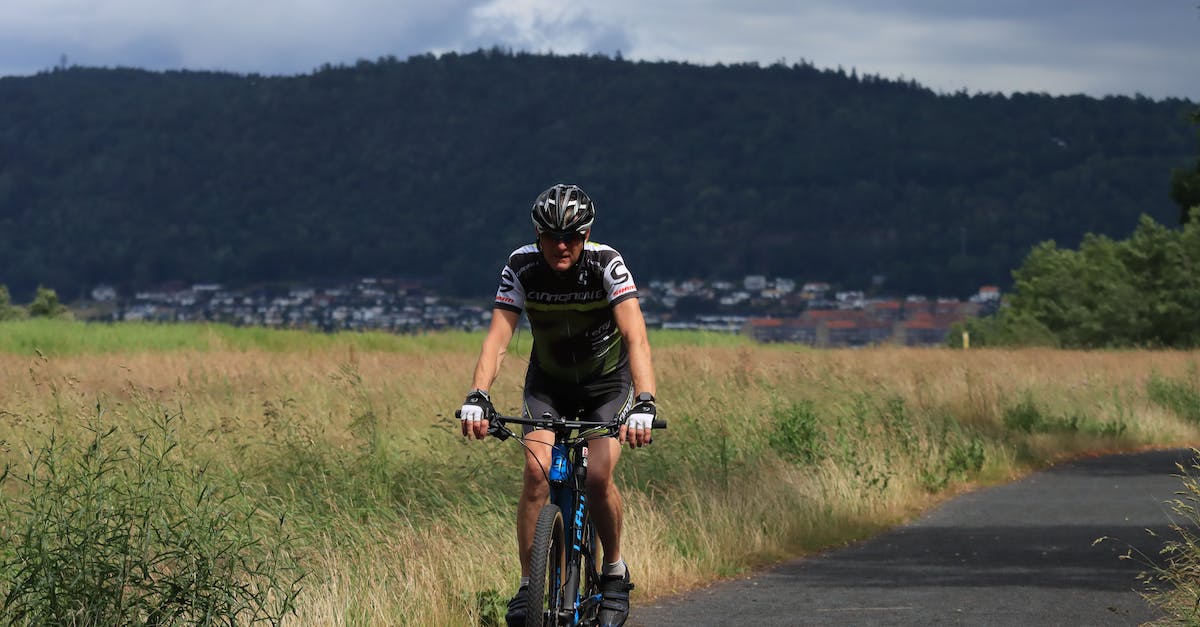hit-ing thuh wawl
verb, noun
Hitting the wall is the sudden feeling of exhaustion experienced by cyclists.
Example usage: I was really pushing it during the race, but eventually I hit the wall.
Most used in: Long distance rides.
Most used by: Endurance athletes.
Popularity: 8/10
Comedy Value: 3/10
Also see: Bonking, Blowing up, Cramping, Knocking off,
What Is 'Hitting the Wall' in Cycling?
In cycling, “hitting the wall” is a term used to describe the sudden feeling of extreme fatigue that cyclists experience during a long ride. It usually occurs when a cyclist has depleted their energy source and is unable to maintain their desired pace. The feeling is often accompanied by dizziness, nausea, and/or muscle cramps.
It typically happens when a cyclist has been riding for over four hours and their body runs out of stored glycogen. This is the main source of fuel for the muscles during intense physical activity, and when it is depleted, the cyclist can no longer continue at the same speed. This phenomenon is also known as “bonking,” “the bonk,” or “hitting the wall.”
Statistics show that up to 80% of cyclists will experience hitting the wall during a long ride. It is important for cyclists to take preventative measures to avoid hitting the wall, such as eating a meal or snack with carbohydrates before and during the ride. Additionally, it is important to stay hydrated and to keep up with electrolytes to maintain energy levels.
Hitting the wall is a common cycling term that describes the sudden feeling of extreme fatigue experienced by cyclists during a long ride. Taking preventative measures and staying hydrated can help cyclists avoid hitting the wall and ensure they have enough energy to complete their ride.
.The Origins of 'Hitting the Wall' in Cycling
The phrase 'hitting the wall' has been used in cycling since at least the early 1900s. It was first used to describe the feeling of extreme fatigue experienced by cyclists after a long and grueling ride. The phrase was popularized by a group of professional cyclists in the United States in the late 1970s who used it to describe the sensation of exhaustion that would overtake them during a race.
The phrase was first used to describe the exhaustion of a long-distance race, but it is now used to describe the feeling of fatigue and exhaustion that can overtake a cyclist during any ride. The phrase is often used to describe the feeling of exhaustion that can come after a hard and demanding ride, no matter the distance.
The phrase has become widely used in the cycling community and has become an accepted way to describe the sensation of exhaustion that can overtake cyclists during a ride. It is a reminder that even with the right training and preparation, cyclists can still hit a wall and need to take a break in order to continue their ride.












